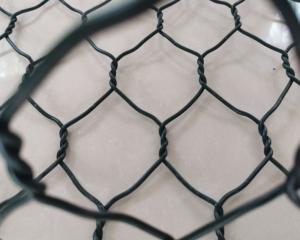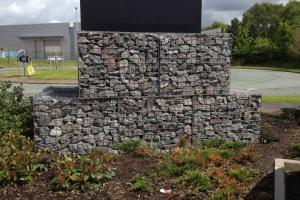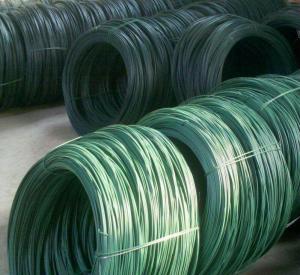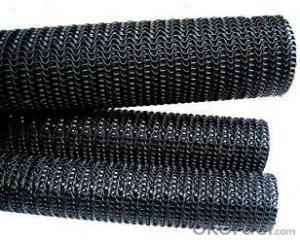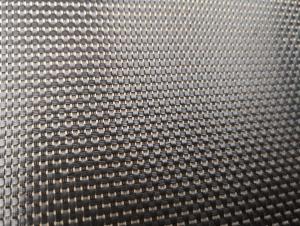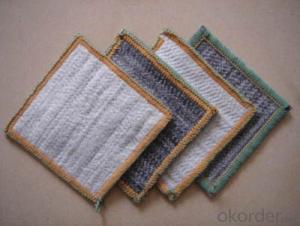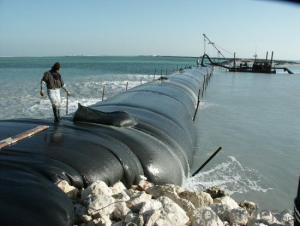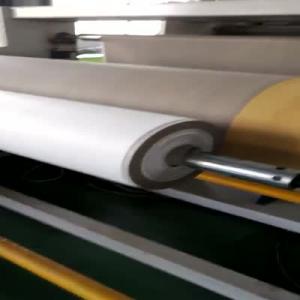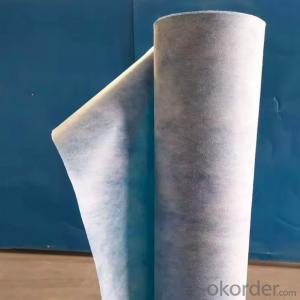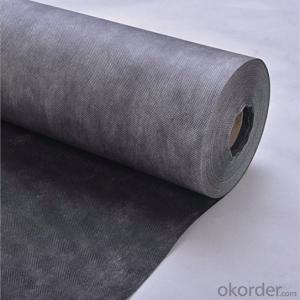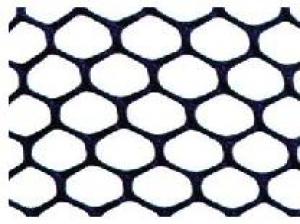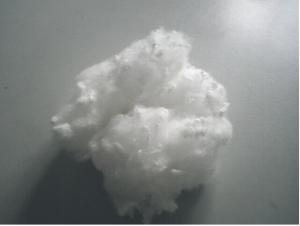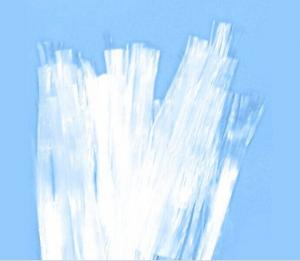PVC Coated Hexagonal Gabion Mesh Stone Cage
- Loading Port:
- Tianjin
- Payment Terms:
- TT or LC
- Min Order Qty:
- 500 set
- Supply Capability:
- 5000 set/month
OKorder Service Pledge
OKorder Financial Service
You Might Also Like
PVC Coated Hexagonal Gabion Mesh Stone Cage
1. Product introduction
Gabion Mattresses serves as a retaining wall, providing various prevention and protection works such as landslide prevention, erosion and scour protection as well as various type of hydraulic and coastal protection for river, sea and channel protection. This Gabion Mattress System is made up of a specially designed composite in order to maximize its performance through three phases of vegetative process from unvegetated to vegetation establishment up to vegetation maturation.
2. Specification
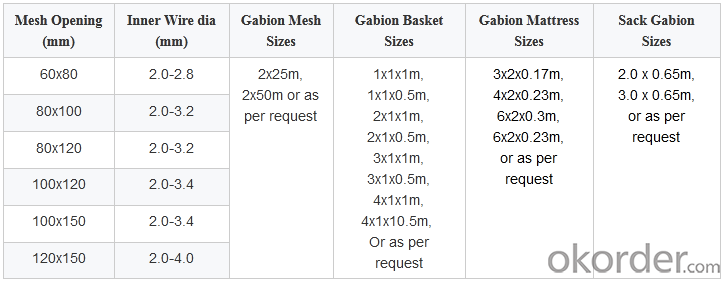
3. Advantages
4. Application 1) Gabion retaining wall.
1) Easy to install, just a stone into the gabions and seal it.
2) To facilitate transport, it can be folded up and transported it, installed on the site.
3) Withstand natural damage, very resistant to corrosion.
4) Be able to accept a wide range of deformation, but not collapse.
5) Good permeability, can avoid the harm by the hydrostatic formation.
2) Gabion Dipo protection.
3) Gabion bridge girder with a mesh.
4) Gabion road and mountain railway guard.
5) The large water conservancy projects.
6) Ecological appearance.
5. Pictures
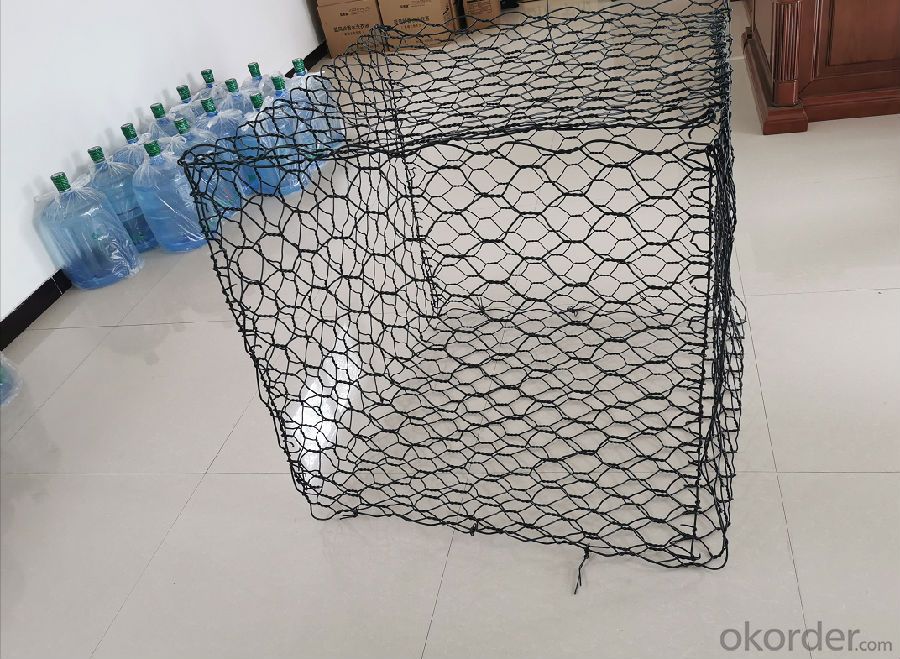
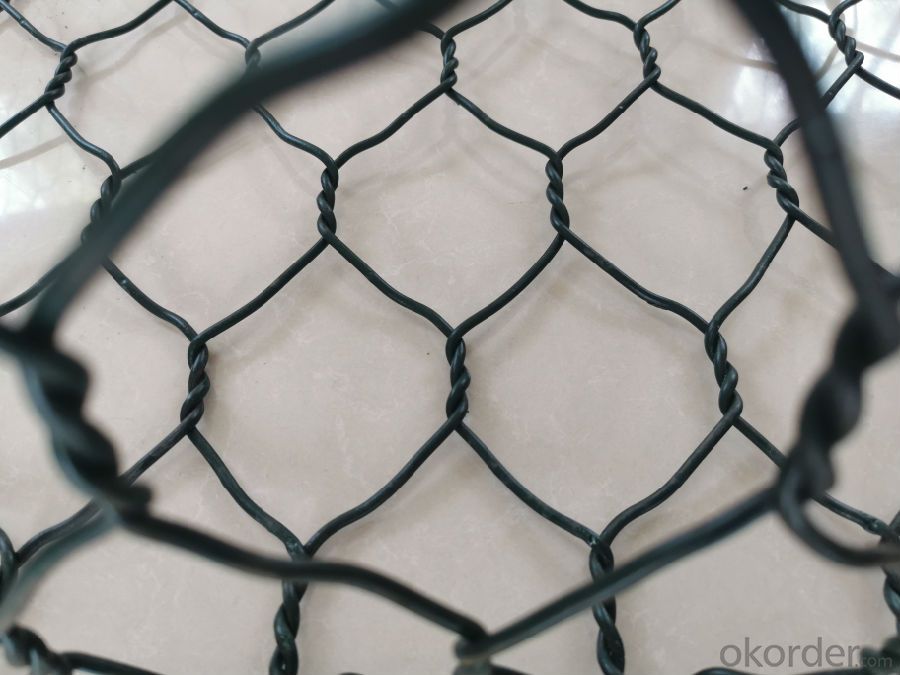


6. FAQ
Q: Are you a manufacture or trading company?
A: We are factory, we have been in producing this product for more than 16 years.
Q: Why choose us?
A: We have professional production line and team, Our goal is to deliver excellence from start to finish of every project.
Q: Can you offer free sample?
A: Yes, as first cooperation usually the customer pay freight, and we will return back this found if you make an order.
Q: Can we have your products with our own logo on package?
A: Yes, just send us your logo or printing design and the setup cost would be quoted per artwork.
- Q:What are the different shapes available in earthwork products?
- There are several different shapes available in earthwork products, including squares, rectangles, circles, triangles, and irregular shapes.
- Q:Are earthwork products suitable for building retaining ponds?
- Yes, earthwork products are suitable for building retaining ponds. Earthwork products, such as soil, gravel, and clay, can be used to construct the embankments and linings of retaining ponds. These materials provide stability and prevent water from seeping through the pond walls. Additionally, earthwork products can be shaped and compacted to create the desired slope and capacity of the retaining pond.
- Q:Are geosynthetics resistant to chemical degradation?
- Yes, geosynthetics are generally resistant to chemical degradation. They are designed to withstand exposure to various chemicals, including acids, alkalis, and organic solvents, without significant deterioration. However, the specific resistance may vary depending on the type of geosynthetic material and the chemicals involved.
- Q:What are the advantages of using geosynthetic materials in groundwater recharge projects?
- There are several advantages of using geosynthetic materials in groundwater recharge projects. Firstly, geosynthetics can act as a barrier, preventing the loss of water during the recharge process. They have a high permeability, allowing water to pass through while retaining fine particles and preventing clogging of the recharge system. Additionally, geosynthetics can provide structural stability to the recharge system, preventing erosion and maintaining the integrity of the project over time. Moreover, these materials are durable and resistant to degradation, ensuring long-term effectiveness and reducing the need for frequent maintenance. Overall, the use of geosynthetics in groundwater recharge projects can enhance efficiency, reliability, and sustainability of water resources management.
- Q:What are the different jointing options available for earthwork products?
- There are several jointing options available for earthwork products, including mechanical jointing, adhesive jointing, and mortar jointing. Mechanical jointing involves interlocking the earthwork products together using mechanical connectors, such as clips or screws. Adhesive jointing involves using a strong adhesive to bond the earthwork products together. Mortar jointing involves filling the gaps between the earthwork products with mortar or grout to create a solid and stable joint. These jointing options provide different levels of strength and durability, allowing for flexibility in choosing the most suitable option for specific earthwork projects.
- Q:What are the advantages of using geosynthetic clay liners in irrigation canals?
- Geosynthetic clay liners offer several advantages when used in irrigation canals. Firstly, they have excellent hydraulic conductivity, allowing for efficient water flow and distribution. Secondly, they provide a high level of resistance against seepage, preventing water loss and ensuring a consistent water supply for irrigation. Additionally, geosynthetic clay liners are durable and have a long lifespan, reducing the need for frequent replacements. They are also easy to install, saving time and labor costs. Lastly, these liners are environmentally friendly, as they are made from natural clay materials and do not release harmful chemicals into the surrounding soil or water.
- Q:What are the benefits of using geogrids in slope stabilization?
- Geogrids offer several benefits in slope stabilization, including increased stability, improved load distribution, and enhanced erosion control. They provide reinforcement to the soil, reducing the risk of slope failure and preventing landslides. Geogrids also help distribute the load exerted on the slope, minimizing stress concentration and promoting even weight distribution. Additionally, they enhance erosion control by preventing soil erosion and promoting vegetation growth. Overall, geogrids are an effective and efficient solution for slope stabilization, ensuring long-term stability and safety.
- Q:Can geosynthetics be used for reinforcement in dam construction?
- Yes, geosynthetics can be used for reinforcement in dam construction. Geosynthetics, such as geotextiles and geogrids, are often used to enhance the stability and strength of dams by providing additional reinforcement and improving soil behavior. These materials can help control soil erosion, increase load-bearing capacity, and enhance overall performance and safety of the dam structure.
- Q:What are the different installation methods for earthwork products?
- There are several different installation methods for earthwork products, including excavation and backfill, compaction, grading, and erosion control. Excavation and backfill involves digging out the desired area to the required depth and then filling it back in with soil or other materials. Compaction is the process of using heavy machinery to compress and stabilize the soil, ensuring a solid foundation. Grading involves leveling the surface of the land, while erosion control methods such as the use of geotextiles or retaining walls help prevent erosion and provide additional stability to the earthwork products.
- Q:How do geosynthetic liners prevent seepage in irrigation canals?
- Geosynthetic liners prevent seepage in irrigation canals by acting as a barrier that prevents water from seeping through the canal walls or bottom. These liners are made of synthetic materials that are impermeable or have very low permeability, such as geomembranes or geotextiles. When installed properly, they create a watertight seal, reducing or eliminating the loss of water through seepage.
1. Manufacturer Overview |
|
|---|---|
| Location | |
| Year Established | |
| Annual Output Value | |
| Main Markets | |
| Company Certifications | |
2. Manufacturer Certificates |
|
|---|---|
| a) Certification Name | |
| Range | |
| Reference | |
| Validity Period | |
3. Manufacturer Capability |
|
|---|---|
| a)Trade Capacity | |
| Nearest Port | |
| Export Percentage | |
| No.of Employees in Trade Department | |
| Language Spoken: | |
| b)Factory Information | |
| Factory Size: | |
| No. of Production Lines | |
| Contract Manufacturing | |
| Product Price Range | |
Send your message to us
PVC Coated Hexagonal Gabion Mesh Stone Cage
- Loading Port:
- Tianjin
- Payment Terms:
- TT or LC
- Min Order Qty:
- 500 set
- Supply Capability:
- 5000 set/month
OKorder Service Pledge
OKorder Financial Service
Similar products
New products
Hot products
Hot Searches
Related keywords


